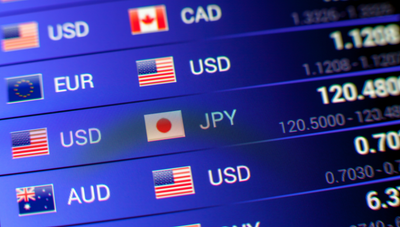
Standard Lot , Mini Lots , Micro Lots, Nano Lots
What Is Margin? A standard lot is the equivalent of 100,000 units of the base currency in a forex trade. It is one of the three commonly known lot sizes; the other two are mini-lot and micro-lot.
In the world of finance, lot size refers to a measure of a quantity or increment of a particular asset or product which is deemed suitable for buying and selling. Different types of products are commonly available in different lot sizes. Historically, spot forex has only been traded in particular lots of 100, 1,000, 10,000, or 100,000 units. More recently, however, non-standard lot sizes are also available to forex traders.
Understanding a Standard Lot
A standard lot represents 100,000 units of any currency, whereas a mini-lot represents 10,000 and a micro-lot represents 1,000 units of any currency. A one-pip movement for a standard lot corresponds with a $10 change. For example, if you buy $100,000 against the Japanese yen at a rate of ¥110.00 and the exchange rate moves to ¥110.50, which is a 50 pip movement, you have made $500. Conversely, if the exchange rate falls 50 pips to ¥109.50 your net profit and loss are minus $500.
With the advent of online brokers and increased competition, it is possible for retail investors to make trades in amounts that aren't a standard lot, mini-lot, or micro-lot. For example, a nano-lot size consists of 100 units of a currency. In the interbank market, where banks trade with each other on platforms such as Reuters and EBS, the standard trading size (or standard lot) is 1 million units in the base currency.
What Is a Mini Lot?
A mini lot is a currency trading lot size that is one-tenth the size of a standard lot of 100,000 units—or 10,000 units. One pip of a currency pair based in U.S. dollars is equal to $1.00 when trading a mini lot, compared to $10.00 when trading a standard lot. Mini lots are common lot sizes in forex mini accounts that can be opened with some forex broker dealers.
Understanding Mini Lots
Mini lots are commonly used by beginners that are new to the market and learning how to trade. Since price movements in mini lots have a much smaller P&L impact, the volatility on open positions is lesser and traders don't require as much capital in their accounts. New traders can start with as little as $100 with a mini account rather than having to fund $1,000 or $10,000 into a standard account.
Advanced traders may also use mini lots to have greater control over their positions. For example, a trader may want to average in to a new trend in smaller increments than 100,000 units at a time. Algorithmic traders may also take advantage of the 10,000 unit increments of mini lots to fine-tune their strategies to achieve maximum profitability at minimal risk levels.
Alternatives to Mini Lots
Mini lots are commonly used by forex traders that are just getting started, but there are a few other options to consider:
What Is a Micro Lots?
Micro lots are one-tenth the size of a mini lot, or 1,000 units of a base currency. One pip of a currency pair based in U.S. dollars is equal to just $0.10 when trading a micro lot.
What Is a Nano Lots?
Nano lots are one-tenth the size of a micro lot and one-hundredth the size of a mini lot, or 100 units of a base currency. One pip of a currency pair based in U.S. dollars is equal to just $0.01 when trading a nano lot.
When just starting out, it's tempting to use the smallest lot sizes to minimize the capital at risk. The problem is that traders tend to behave differently when meaningful amounts of capital are at risk. It's important to slowly scale up capital at risk when getting started rather than jumping from a nano lot size to a standard lot size if a strategy appears to be working. Similarly, algorithmic traders should ensure that there's no changes in slippage or other costs as they scale up their lot sizes after developing a successful strategy.